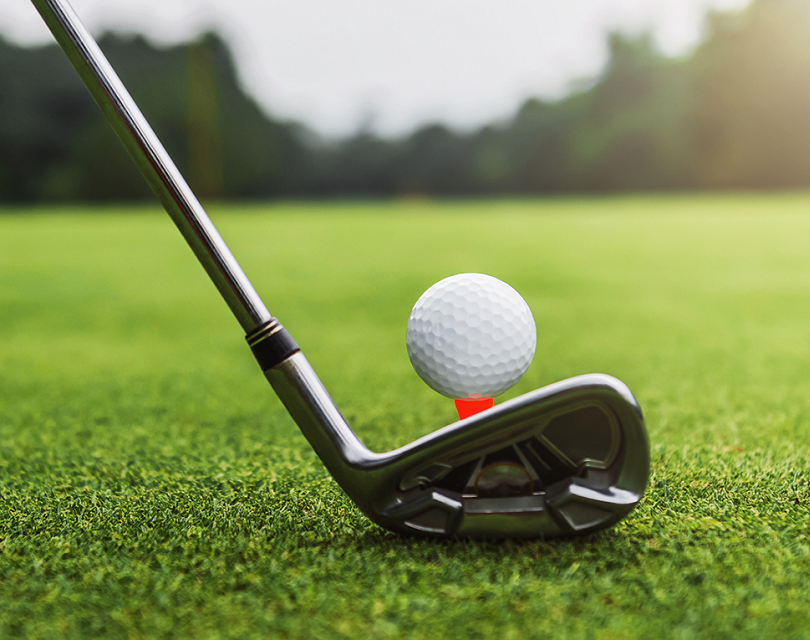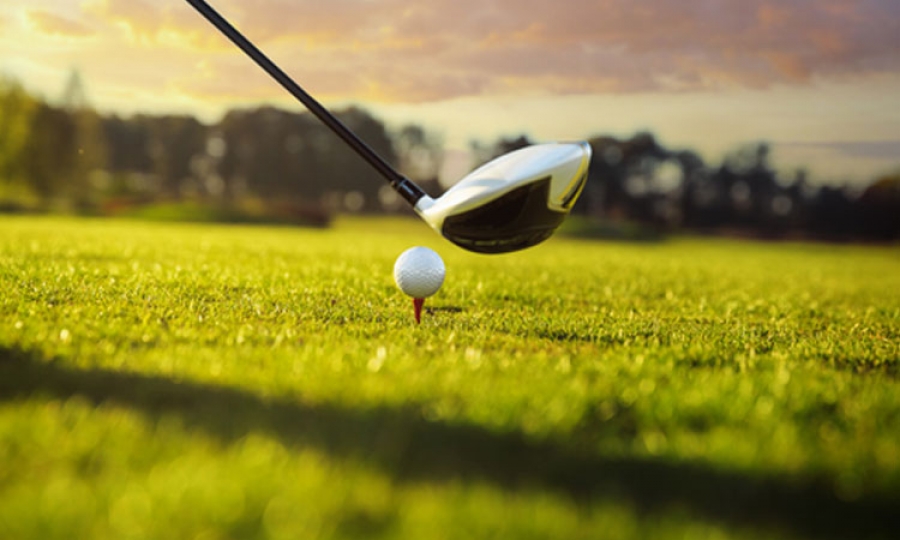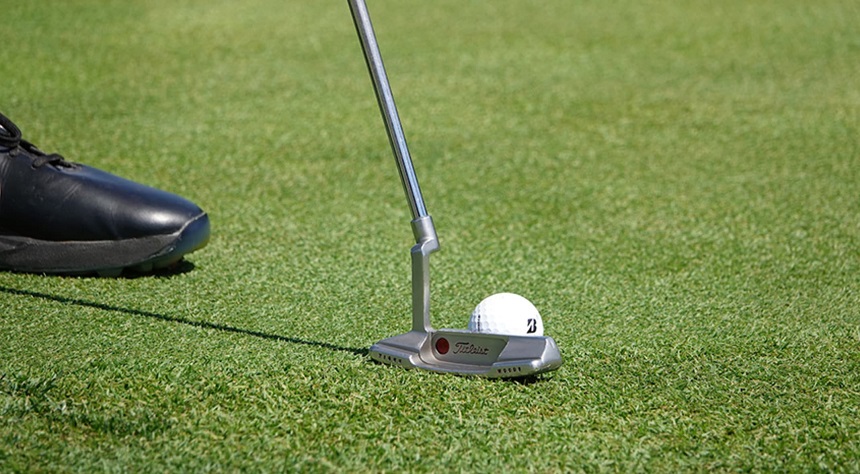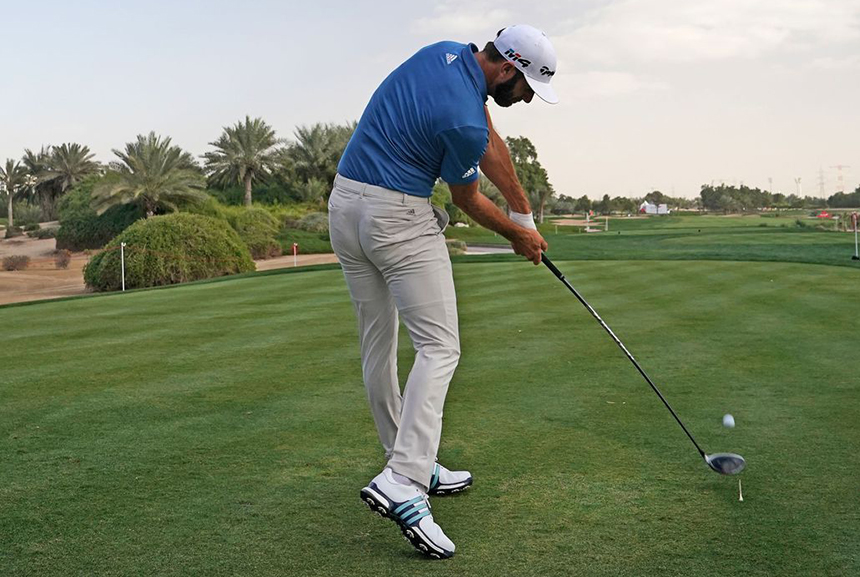
No question about it, the putter is the most important club in a golf bag. Therefore, you should carefully consider which putter you will choose before buying. If the putter does not match your putt style, the chance of having successful putts is significantly lower.
The putters have changed in the last few years compared to previous years, and new technologies sometimes help to make the game easier.
The following information and tips on the various types of putters in this guide will provide you with an overview of the latest developments in putter design. It’ll help you find the model that will save you a shot or two on the green.
You can tell whether a putter is face-balanced if you hold it horizontally balanced on your finger. One speaks of face-balanced when the putter face is in this position to the sky. In this case, the center of gravity is exactly in the extension of the shaft. Putters with this characteristic are best for players who prefer a straight putt movement.
With a face-balanced putter, the clubface faces the sky in a balanced state. However, with the toe-balanced type of putter, there is more weight in the tip, so that it points towards the ground when it is balanced. In this case, the head’s center of gravity is not in the stem extension. Toe-hang putters weighted in this way make it easier to open and close the clubface in the backswing and through swing. Therefore, they are more suitable for players who prefer a slightly curved putt movement.
If a putter has a toe-hang weighting, the putter tip points towards the ground in this position. If a toe hang putter is balanced horizontally on two fingers, its head tilts significantly from the horizontal.
Putters with a pronounced toe slope are great for players who stand far away from the ball and who therefore execute shots with a large radius.
The putter is the most longlasting of all golf clubs. And concerning the design of the head, several types of putters can be distinguished:
The classic blade putter has a head shape that is noticeably going out of fashion and is therefore rarely found. This design was very popular from 1900 to 1990, especially since there were hardly any alternatives other than mallet-like putters at the time.
The head of this putter is relatively small and places high demands on the playing technique. Its center of gravity is centrally located behind the sweet spot. Balls that are not hit in the middle have the disadvantage of deviating to the right and left. However, controlling the stroke movement is easier with such putters.
The absolute classics of this putter type are the Bulls-Eye by Titleist and the Golden Goose by John Letters.
The term has recently been used by some manufacturers for modern heel-toe putters, such as the Ping Anser. The ping anser is now also known as the blade putter Trusted Source Ping unveils new line of putters with 11 different models Ping’s 2021 putter line features both traditional and new putter models designed to offer multiple options for each stroke type. With its emphasis on fitting, Ping has taken great care with the line to optimize each model with different blends of materials and technology best suited to each head … www.pgatour.com .
As with drivers, putters with large heads also increase consistency and error tolerance. The mallet putter with its crescent-shaped design was born from this concept. Since the engineers have more space available with this design, these putters are usually equipped with lines that help with alignment. Their heads often have face-balanced weighting. However, the trend is to offer these putters with toe weighting as well.
These putters are nothing more than the more extreme shape of the mallets. However, their head shapes are no longer exclusively crescent-shaped, but mostly very unusual. MOI putters are being further developed for golf equipment according to the motto “form follows function”. The aim is to construct an extremely stable putter with a maximum possible moment of inertia (MOI). Often, these putters are equipped with an extremely light “center” made of aluminum or carbon. The main mass of the head has been relocated to the outside areas.
Which type of clubface you prefer to have in your putter depends to a large extent on the desired feeling at the moment of impact and the ball used, the sound, and the speed of the green. So you shouldn’t necessarily play a “hard” ball on fast greens with a putter that has a metal face. In principle, you have to find out for yourself which combination of putter face (insert) and ball suits you best on the greens that are most often played.
The assessment of the feeling is very much linked to the sound. To find out how important the sound is to you, or what feeling the putter gives you, you can try putting with earplugs during testing or training. It is certainly interesting to see what a putter feels like then.
Those who generally prefer a quieter sound are better off with a softer playing surface.
The traditional material for metal putter faces is steel. However, other metals were also used time and again, such as copper, bronze, aluminum, zinc, titanium, or brass. The hard and heavy properties associated with these materials are particularly suitable for putter striking surfaces. Steel has a reputation for conveying a tougher, yet appealing touch that gives putters a solid and controlled feel.
In principle, putters with inserts are nothing more than steel putters in which the metal striking surface is replaced by a light, non-metallic material. The main advantage of a lightweight insert made of plastic or another material is that the weight saved can be placed elsewhere, which improves stability and fault tolerance. Most inserts give a softer feel at the moment of impact than the traditional steel face.
But there are also modern, lightweight plastic inserts that imitate the metal, solid sound of a steel striking surface. The positive aspect of a soft insert is that you can play a harder ball, but still maintain the soft feel at the moment of impact. One of the most famous inserts is the White Hot, which was used in Odyssey putters for a long time. This insert is still used in the Odyssey White Hot RXM. The insert here ensures quicker and better rolls.
The aim of the grooves in the clubface is to reduce the length of time the ball glides across the ground, takes on a backspin, or bounces before it begins to roll properly. Even if the ball was played on the correct line, these are common reasons why it does not go into the hole. Therefore, you want to give the ball topspin as quickly as possible to achieve a “faithful” roll.
Grooves can help and make the ball more directional. At the moment of impact, the grooves “grab” the ball, lift it slightly from its resting position and give it instant topspin. There are no limits to the arrangement and number of grooves.
Putters are usually equipped with steel shafts. This can be connected to the putter’s head in different ways.
In this variant, too, the shaft and putter head are directly connected. However, the connection point near the clubface is in the center of the head. You have to find out whether you like this type of putter by testing it. The positive thing about this variant is that you get a very compact feel to the putter head and the hands, shaft, and putter head form a noticeable unit.
In this case, the putter head is directly connected to the shaft. The connection point is near the heel of the putter’s head. The shaft can be straight, curved once or twice.
The connecting piece between the shaft and the head can have different lengths and shapes. The slightly curved, the short version is called Slant, the slightly longer Plumber Neck. In both variants, the shaft is in the response position in front of the face – either half a shaft or a whole shaft diameter. This favors a position of the hands slightly in front of the ball at the moment of impact.
This is the angle where the shaft intersects with the head, in relation to the ground. The standard for most putters is 70 degrees. One of the most popular putters with this lie angle is the TaylorMade Spider S Putter. At impact, a putter with a poor lie angle will make the ball be hit too low on the blade.
The loft is important on the putter as when the ball is resting on the green, it can push down into the grass slightly. So, your putter needs some loft to be able to lift the golf ball from its resting surface and get it to a smooth roll.
Hitting the sweet spot is the holy grail of golfing with a putter. The sweet spot is located in the club center. The sweet spot on the putter transmits the putting stroke most effectively.
The most used length for putters is approximately 33 to 35 inches long and should allow you to maintain a comfortable posture with your eyes directly above the golf ball. 35 inches which the Ping Sigma 2 Fetch Platinum Putter is designed in is the standard length. It’s also available in 34 inches of length.
Belly putters are significantly longer at around 42 to 46 inches and are attached to the navel. Belly putters promise added stability. Sometimes putters with an even longer shaft are played.
In contrast to the other clubs, it is not only the head shapes of the putters that are very individual. Because the putter grip also differs significantly from those of the other clubs. The front is flat so that you can easily place your thumbs on it. In addition, you can choose the most suitable model for you from different thicknesses and contours. With a heavier grip, you reduce the swing weight, with a lighter grip you increase it. Pay attention to this if necessary.
If your hands are too active, you can use a thicker grip to reduce wrist movement during the swing. A general distinction is made between the handle sizes in undersize (ladies), standard, midsize and oversize. With the thicker handles, which are available in different strengths, the SuperStroke models are very popular. There are also strongly contoured grips such as the Contour from the TOUR SNSR series by Golf Pride or the classic pistol grip, which is also available in different versions (see Ping Sigma G-Putter).
The handy video below gives some tips on finding the types of putter that would work best for you.
There are various types of putters on the market, so choosing can be sometimes difficult. One of the two most important criteria when choosing the right putter is the shape of the club head. It has to match your game and the swing movement you are performing. The blade putter offers you advantages if you hit the clubface in the middle. The half mallet and mallet putter are more tolerant in this regard. Due to their greater moment of inertia, they are also more forgiving of punches that are not completely centered. The second important aspect is balance or the toe slope. This means the inclination of the club head to the horizontal when the club is balanced on the palm.





